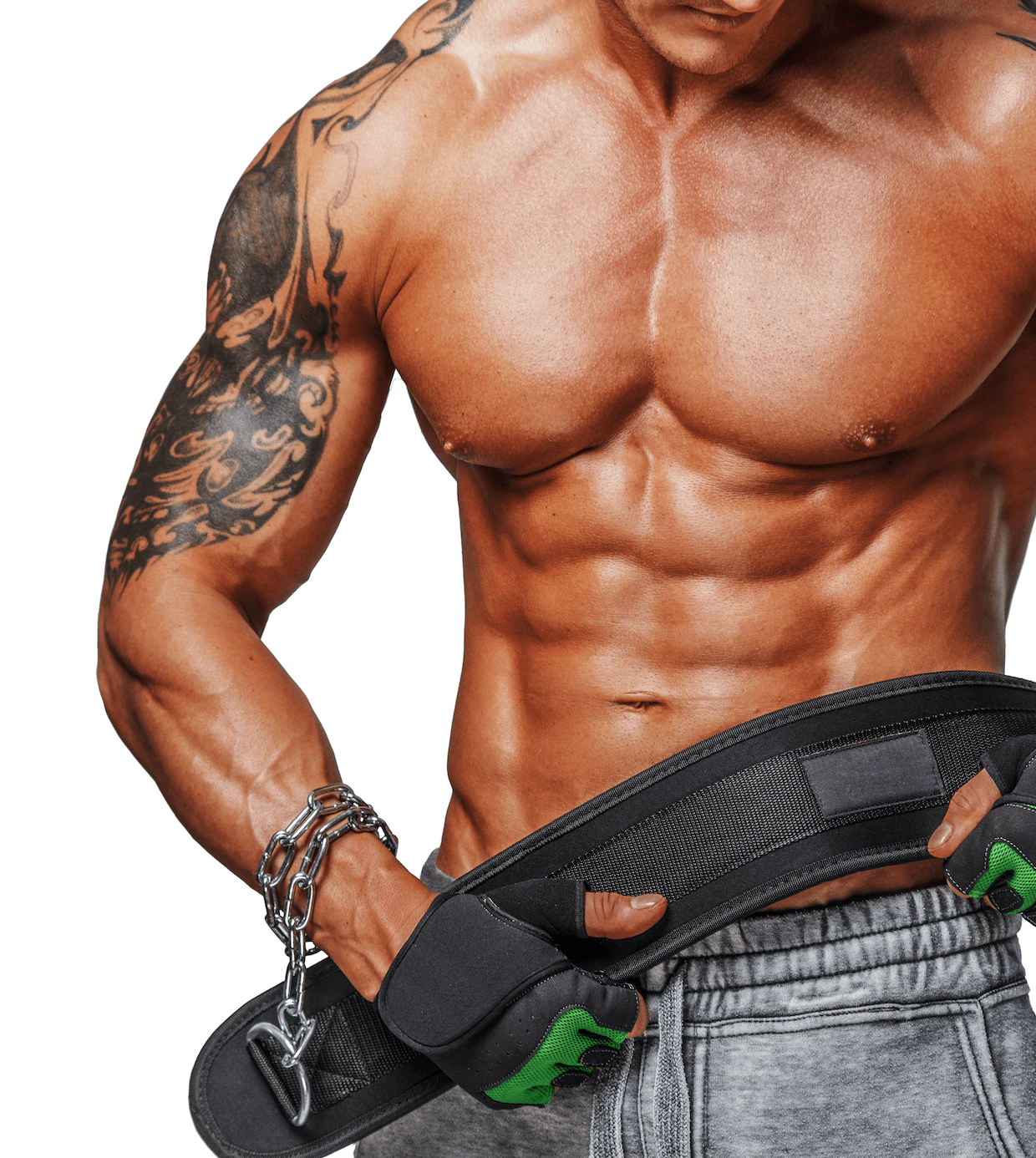Barbell squats are the foundation to leg day. A staple movement that many would argue is an absolute must for developing a serious set of wheels. While squats are considered the ultimate test of lower body strength, having both core and upper body strength are a must...Making this one of the most demanding exercises the human body is capable of. Building up your strength can come quickly at the start of your lifting journey, but as time goes on your progress can become stagnant. Powering through a plateau does not come easy, and beginning to add in accessory exercises to help you develop lower body strength will become necessary in order to continue breaking new ground. The box squat goes hand in hand with building lower body strength. In this article we’ll discuss the mechanics, the reasons behind the effectiveness, and how to perform this accessory lift.
Squats involve a number of working muscles. You could justify a substantial number of exercises as accessory exercises to boost your performance when squatting such as leg extension for quad strength, Romanian deadlifts for hamstring development and so on. You should include those standard movements to develop well rounded strength throughout your lower body, but when it comes to developing raw power the box squat is king. All that is required to perform this is your standard squat set up including a rack or cage, barbell with weights, and a plyometrics box or something study that could serve a similar purpose. To start it’s recommended to choose a box that is just above knee height. As the movement is perfected, slowly working with lower height boxes can continue to develop your skills.
So what makes box squats effective? For starters, it’s a more challenging movement. There is no comparison between a complete dead stop at the bottom of a squat and powering back up to starting position versus a traditional squat where you have momentum built and only a half a second pause or so at the bottom of the movement. The pause at the bottom of the box squat kills all momentum and forces you to recruit the glutes and hamstrings to help you muscle your way back up. This recruitment of muscles will directly translate into your traditional squats, and help you power back up with ease just as a rack pull aids you with the upper portion of a deadlift.
Due to the heightened challenge box squat pose, the maximum weight used will not be nearly as much as your traditional squat. This lowers the amount of spinal compression which can play a key role in longevity. The lightened load and the range of motion also reduce the stress on the patellar tendons, saving your knees in the long run from too much wear and tear.
How to execute a box squat properly.
- Set up as you would for a traditional squat inside a rack or power cage. Using just the weight of the bar, unrack it and position yourself the distance away from the rack where you would perform your squats. Take note of the distance. Rerack the weight.
- From this spot, place your box behind you so it is just touching your heels
- Add your desired weight, unrack the barbell, and step back to position yourself for your squat.
- Keeping your chest up and back straight, descend into the squat slightly pushing your hips back.
- As your glutes reach the box it is important to not release all tension off your muscles and fall into the box. Keep the tension constant as you slowly begin to transition. Aim to place your glutes entirely on the box, you do not want to be hanging off.
- Do not bounce off the box. Cut all momentum off as you sit. Pause for two to three seconds. Drive with your heels and ensure your chest does not fall forward as you begin to ascend and return to starting position.
Challenge yourself in the long run by adding additional weight and lowering the height of the box slightly over time. The box height should never fall more than a few inches below knee height. Utilize this accessory movement to boost your squat strength, ensure longevity with your knee and spine health, and master the art of squatting by slowing down the movement and building the mind-muscle connection.


